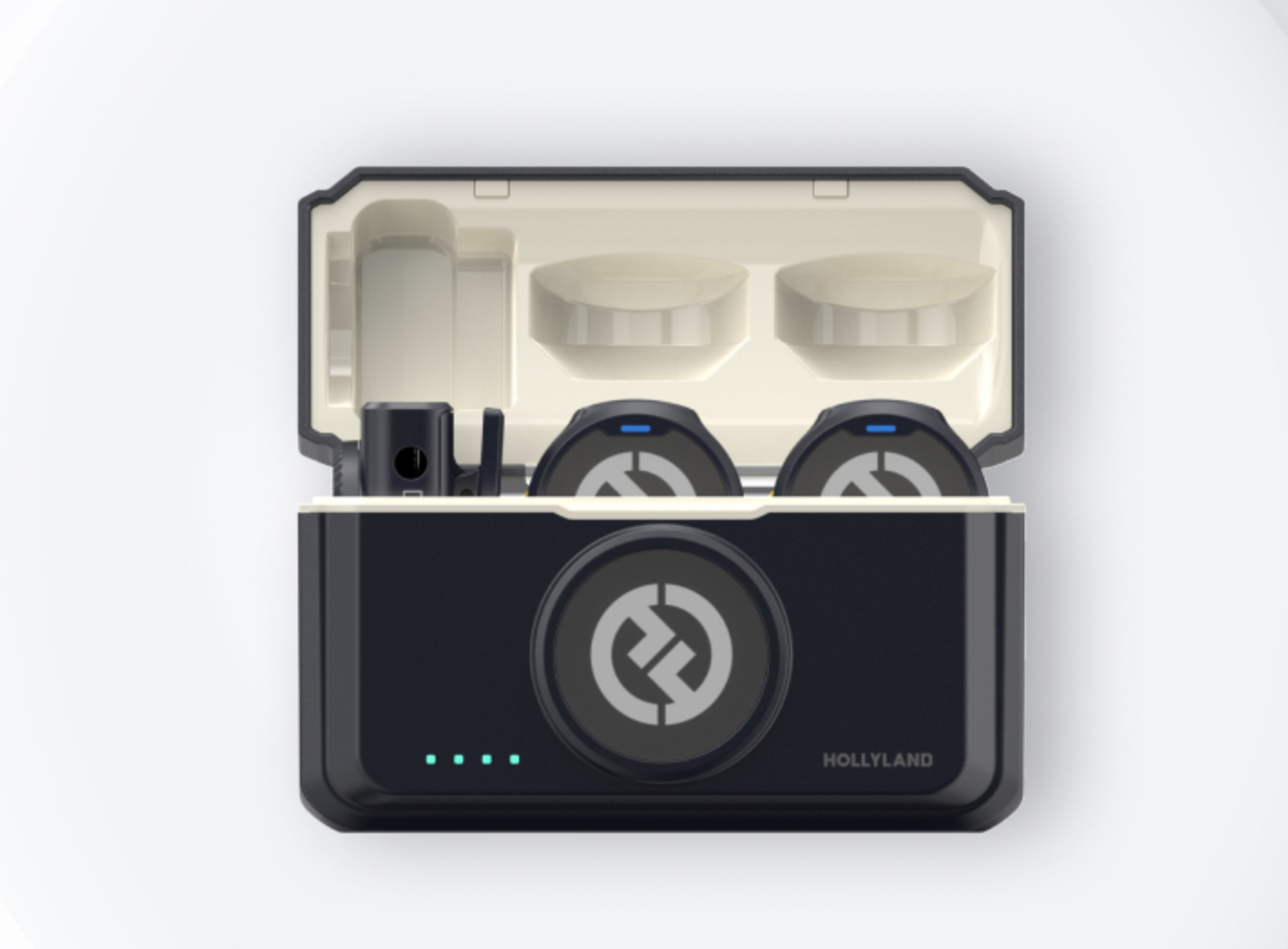Why Use Floor Director Hand Signals?
Introduction:
In the fast-paced world of broadcasting, precision and seamless transitions are vital to delivering a flawless performance. The behind-the-scenes coordination that ensures action begins and ends at the exact moment it is required is often overlooked but plays a crucial role in maintaining the professionalism and fluidity of a broadcast. This article explores the importance of precise cueing and highlights the significance of hand cues or hand signals in guiding talent during live broadcasts.
The floor director is the “voice” of the director in the studio.
The Impact of Precise Cueing:
When it comes to live broadcasting, timing is everything. Precise cueing is the key to orchestrating smooth transitions between shots, ensuring talent is ready to perform when the camera cuts to them, and preventing awkward delays or confusion. A well-executed cue can seamlessly bring action to life and maintain the momentum of the broadcast, captivating the audience and creating a polished production.
The Dangers of Incorrect Cueing:
Missteps in cueing can lead to unintended consequences and disrupt the flow of a broadcast. If talent is cued too late, they may be caught off guard, resulting in moments of hesitation or missed cues. On the other hand, cueing too early can cause talent to begin before the camera is focused on them, leading to an incomplete or disjointed performance. Incorrect cueing not only affects the quality of the broadcast but also leaves talent feeling confused or uncertain about their next steps, potentially leading to improvised or awkward moments.
The Role of Hand Cues or Hand Signals:
One of the standard methods of cueing in the broadcasting industry is through hand cues or hand signals provided by the Floor Manager. These non-verbal cues offer a discreet and efficient way to communicate with talent without disrupting the audio or visual elements of the broadcast. Hand cues can include various signals such as raised or lowered hands, specific hand gestures, or even simple nods, depending on the established communication system within the production team.
Effective Communication with Talent:
To ensure smooth cueing, it is essential for the Floor Manager or the individual responsible for cueing to establish clear communication with the talent. Before the broadcast, it is crucial to familiarize the talent, especially inexperienced individuals, with the basic cues and explain how they will be prompted. This proactive approach eliminates any confusion and allows talent to anticipate and respond to cues effectively. Open dialogue and a collaborative environment foster better understanding, resulting in a more cohesive and engaging performance.
Tips for Successful Cueing:
1. Establish a pre-broadcast briefing: Take the time to gather the talent and provide an overview of the cues and timing expectations. This briefing allows everyone involved to be on the same page and minimizes uncertainties.
2. Maintain visibility: Ensure that the talent can see your hand cues clearly. Position yourself in a location where your signals are easily visible to them. If necessary, make adjustments to lighting or positioning to enhance visibility.
3. Consistency is key: Use consistent hand cues or signals throughout the broadcast to establish familiarity and minimize confusion. Reinforce this consistency during rehearsals to reinforce the cues in the talent's memory.
4. Practice and rehearsal: Conduct thorough rehearsals to fine-tune the timing and coordination between cues and talent performances. Practice helps talent become more comfortable with the cues and enables the Floor Manager to refine their timing.
Conclusion:
Precise cueing is a critical aspect of live broadcasting, ensuring that action begins and ends seamlessly and talent performs at their best. Hand cues or hand signals provided by the Floor Manager play a significant role in guiding talent and maintaining the flow of a broadcast. By emphasizing clear communication, thorough rehearsals, and establishing consistent cues, broadcast teams can enhance the overall quality of their productions, creating captivating and polished content that engages and entertains audiences.
If you are interested in reading more about Floor Director cues, check out this article on the subject.










Got shaky footage? No problem! In this quick tutorial, learn how to use Warp Stabilizer in Adobe Premiere Pro to smooth out your shots effortlessly.